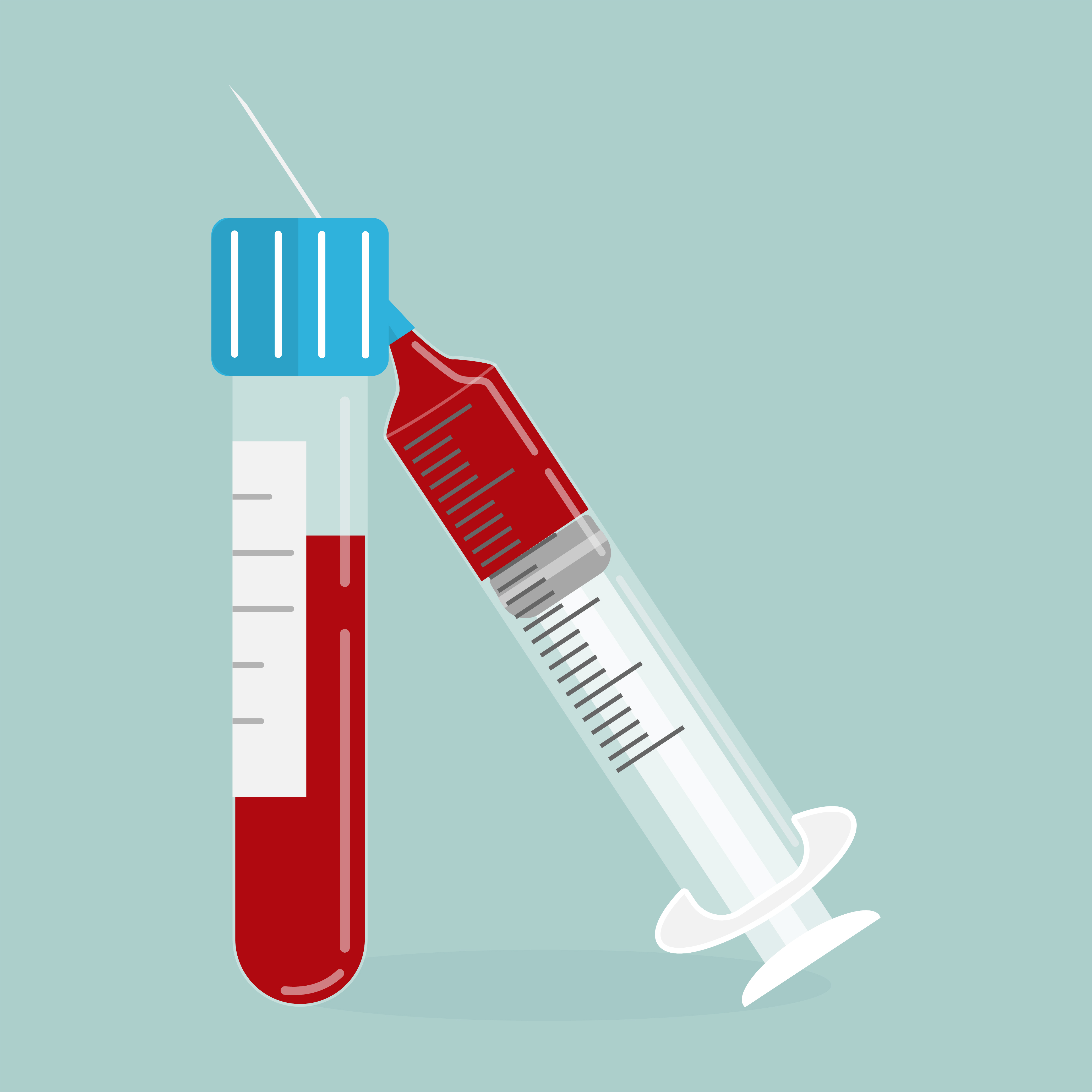
Whether they are professional or informal, caregivers of the elderly face physical and psychological stress due to their caregiving responsibilities. Monitoring an elderly person's physical and mental health, IADL, grooming, shopping, and transporting a bed-bound patient are just some of the caregiving responsibilities. In addition to financial issues, caregivers also face difficulties managing their responsibilities regarding work and friends. The elderly are more dependent and have a greater burden.
The primary caregiver for an elderly person is traditionally the child. As the population grows older, so does the number of family caregivers. Many seniors find themselves without basic needs for an extended period of time. They are often dependent on family and friends to support their health. Professional help is also available. It is essential that caregivers take good care of themselves.
Caregiving is more difficult as an older person becomes dependent and caregivers become closer to the elder person. You can reduce the caregiver burden by seeking respite services or enlisting the assistance of loved ones and friends. Health technologies are also available to help decrease caregiver burden.

Caregiver's burden increases with the onset of chronic diseases and the inability to receive professional support. It also increases with caregivers who spend more time caring for elderly people. The caregivers also reported feelings of emotional distress and depression. They also reported pain and stress. They also had difficulty sleeping and managing their responsibilities, such as work, friends, or the elderly.
A study by Unver et al in Turkey examined the sociodemographic characteristics of caregivers of the elderly. Their findings revealed that the majority of caregivers were either female children or spouses and almost all of them were daughters of the elderly. The elderly caregivers reported psychological and physical difficulties such as sleeplessness, anxiety, depression, and insomnia.
The mental health needs of family caregivers to the elderly have been the subject of other studies. Krevers & Oberg reported that caregivers of the elderly had mental health problems, including depression, stress, and overall psychological strain. The original study was small so details regarding their health requirements were not available.
Krevers & Oberg conducted another study on the mental health needs and caregiving of stroke patients. The study involved 89 caregivers that had been caring for the elderly for at most six months. It was done in the Famagusta Region of the TRNC. The study used questionnaires for data collection. The Zarit Burden Interview (ZBI), was also used to collect data about the burden of caringgiving.

The study did not include caregivers who were away from home during home visits. IBM SPSS Statistics version 2.0 was used to analyze data. It also included descriptive and statistical tests and the Kruskal Wallis test. Results showed caregivers had a moderately to severe burden. Those who suffered from rheumatic diseases or chronic renal failure had a higher burden.
FAQ
What is a health system?
The health system encompasses all aspects of care from prevention to rehabilitation and everything between. It includes hospitals and clinics as well as pharmacies and community services.
Health systems are complex adaptive systems. They have emergent properties which cannot always be predicted by looking at individual components.
Complex health systems can be difficult to comprehend and manage due to their complexity. This is where creativity steps in.
Creativity is a way to find solutions to problems that we don't know the solution to. We use our imaginations and creativity to develop new ideas.
People with creative thinking skills are vital for the health system. They're always evolving.
People who think creatively can help change the way health systems operate for the better.
What do you think are some of the most important issues facing public health today?
Many people are affected by obesity, diabetes and heart disease. These conditions result in more deaths per year than AIDS combined with car crashes and murders. A poor diet, lack exercise, and smoking can all lead to high blood pressure as well as stroke, asthma and other health problems.
What can we do to improve the health care system?
Our health care system can be improved by ensuring everyone gets high-quality care regardless of where they live and what type of insurance they have.
All children should receive the recommended vaccinations so that they do not get diseases like rubella, measles or mumps.
We must work to reduce the cost of healthcare while making sure that it is accessible to all.
What does the term "healthcare" mean?
Health care refers to delivering services related to maintaining good physical and mental health.
What is the role of the healthcare system?
The country's health care system is a vital part of its economy. It improves the quality of life and helps people live longer, more healthy lives. It also creates work for nurses, doctors and other medical professionals.
All income levels are eligible for quality healthcare services through the Health Care Systems.
Understanding how the healthcare system works is crucial if you want to pursue a career in medicine, nursing, or any other medical profession.
What does "public" mean in public health?
Public Health means protecting and improving the health of the community. Public health is the prevention of disease, injury, disability, promotion of good health, adequate nutrition, and control over communicable and environmental hazards as well behavioral risks.
Statistics
- Price Increases, Aging Push Sector To 20 Percent Of Economy". (en.wikipedia.org)
- About 14 percent of Americans have chronic kidney disease. (rasmussen.edu)
- Consuming over 10 percent of [3] (en.wikipedia.org)
- The health share of the Gross domestic product (GDP) is expected to continue its upward trend, reaching 19.9 percent of GDP by 2025. (en.wikipedia.org)
- Foreign investment in hospitals—up to 70% ownership- has been encouraged as an incentive for privatization. (en.wikipedia.org)
External Links
How To
What is the Healthcare Industry Value Chain (or Value Chain)?
All activities that are involved in providing healthcare services for patients make up the healthcare industry value chain. This includes the business processes within hospitals and clinics and the supply chains that connect them to other providers such as physicians, nurses, pharmacists, insurance companies, manufacturers, wholesalers, and distributors. This results in a continuum that starts with diagnosis and ends with discharge.
The value chain consists of four major components.
-
Business processes - These are the tasks performed throughout the whole process of providing health care. A physician might order medication for a patient, then perform an examination. Each step must be done correctly and efficiently.
-
Supply Chains: All the organizations involved in making certain that the right supplies reach all the people at the appropriate time. One hospital may have many suppliers. This includes pharmacies and lab testing facilities as well as imaging centers and janitorial staff.
-
Networked Organizations - To coordinate these various entities, there must be some form of communication between the different parts of the system. Hospitals often have several departments. Each one has its own phone number and office. The central point will allow employees to get up-to-date information from any department.
-
Information Technology Systems (IT) - IT is essential in order for business processes to run smoothly. Without it, everything could go down quickly. IT can also be used to integrate new technologies into a system. For example, doctors can use a secure network connection if they want to integrate electronic medical records into their workflow.